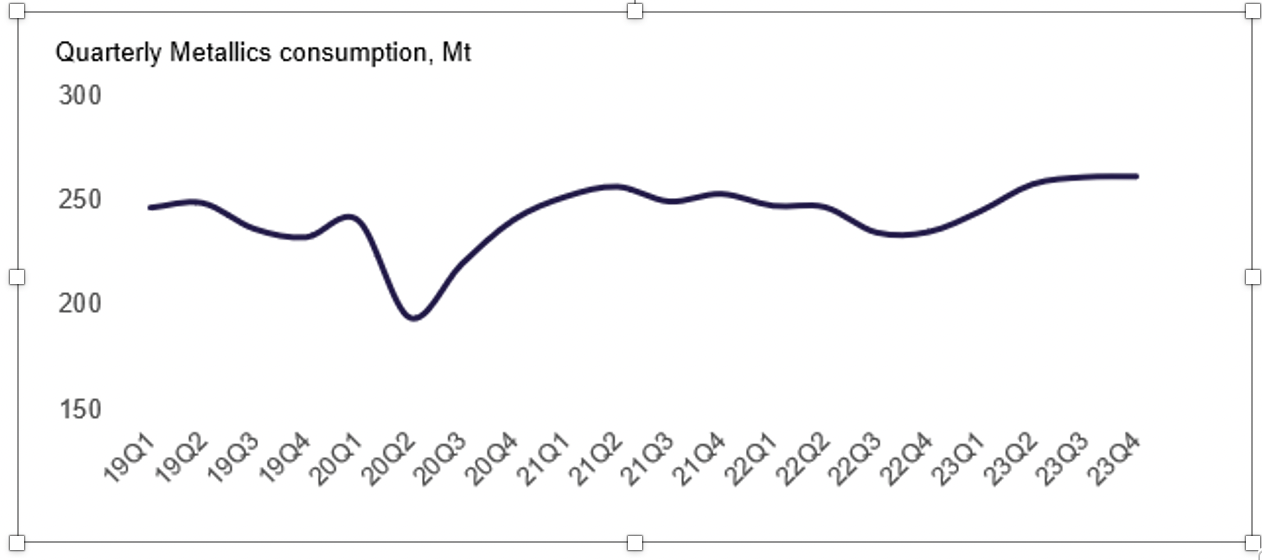Economy
CRU 2023 Insights: Steel Expectations and Outliers
Written by Josh Spoores
January 4, 2023
At the start of each year, CRU continues to feature top expectations and outliers for the year ahead. This annual list of expectations is a thought piece, meant to stimulate internal discussions, scenario analysis, and strategic planning around potential risks to the markets we cover. This 2023 edition covers six expectations and three potential outliers.
Last Year’s Expectations
Perhaps the best place to start for our expectations and potential outliers for 2023 is by reviewing our “top calls” for 2022. Last year, we covered 10 expectations, which are listed below.
Seven of these 10 were realized. Perhaps the most important was the expectation that prices would fall towards cost. The industry, as a whole, at the end of last year found this to be the most contrarian view. A few of the other expectations did not get fully realized – i.e., La Niña did not fully disrupt the steel supply chain. This weather phenomenon is now in a rare third year, and it is possible to still be a factor in early 2023. While no significant disruption was recorded in 2022, one might argue that floods in Australia – which have limited coal production and exports in late 2022 – may qualify here as coming to fruition.
Realized
- Steel prices will fall towards cost
- Chinese steel demand to keep falling in 2022
- Auto output will support sheet demand more as the year goes on
- Balance will return to supply chains
- New import orders have peaked for North America and Europe
- Iron ore and metallurgical coal will return to earth
- The decarbonization trend will continue… and accelerate
Not Fully Realized
- Demand for steel will be at a record level outside China
- Scrap demand will hit a new record high
- Steel supply chain will be hit by La Niña
Here are CRU’s expectations for 2023:
Metallics Demand Is in a Bull Market
Global metallic markets will rebound from late-2022 lows due to a multitude of factors. One such factor is the new electric-arc furnace (EAF)-based steelmaking capacity coming online – particularly the ramp-up of newly built capacity in the United States. Globally, metallics supply will tighten as new EAFs come online, while at the same time, blast-furnace (BF)-based producers use more scrap in their basic-oxygen-furnace (BOF) mix to lower emissions.
Due to this demand increase, some regions may enact export controls for steel scrap or other metallics. Traditional pig iron supply will remain limited due to the war in Ukraine as well as sanctions or tariffs on Russian supply. However, India – with the elimination of the temporary export duties – will gain significant share in the merchant pig iron market.

Metallics Consumption to Rebound from 2022 Q4 Low
Easing of Pandemic Restrictions in China Will Lead to Stronger Year-On-Year Demand for Steel and Steelmaking Raw Materials
Near the end of 2022, China already eased pandemic restrictions at a faster pace than anticipated. We expect this easing will continue to lead to increased economic activity and renew demand for steel and steelmaking raw materials. Although construction activity in China will remain under pressure and limit the growth rate of overall steel consumption, there is a possibility the government may provide new backing to this sector if economic performance disappoints. This would further support the steel market.
Continued Online…
The full insight, including our expectations for 2023 is available for free at the following link. You may need to register to gain access.
https://www.crugroup.com/knowledge-and-insights/insights/2022/2023-steel-expectations-outliers/

Josh Spoores
Read more from Josh SpooresLatest in Economy

New York state manufacturing index drops again in April
Firms were pessimistic, with the future general business conditions index falling to its second lowest reading in the more than 20-year history of the survey

Construction adds 13,000 jobs in March
The construction sector added 13,000 jobs, seasonally adjusted, in March, but tariffs could undermine the industry.

Supply chains, end-users brace for impact from tariffs
Supply chains are working through what the tariffs mean for them

ISM: Manufacturing expansion loses steam after two months of growth
US manufacturing activity slowed in March after two straight months of expansion, according to supply executives contributing to the Institute for Supply Management (ISM)’s latest report.

Chicago Business Barometer rose to 16-month high in March
The Chicago Business Barometer increased for the third-consecutive month in March. Despite this, it still reflects contracting business conditions, as it has since December 2023.
